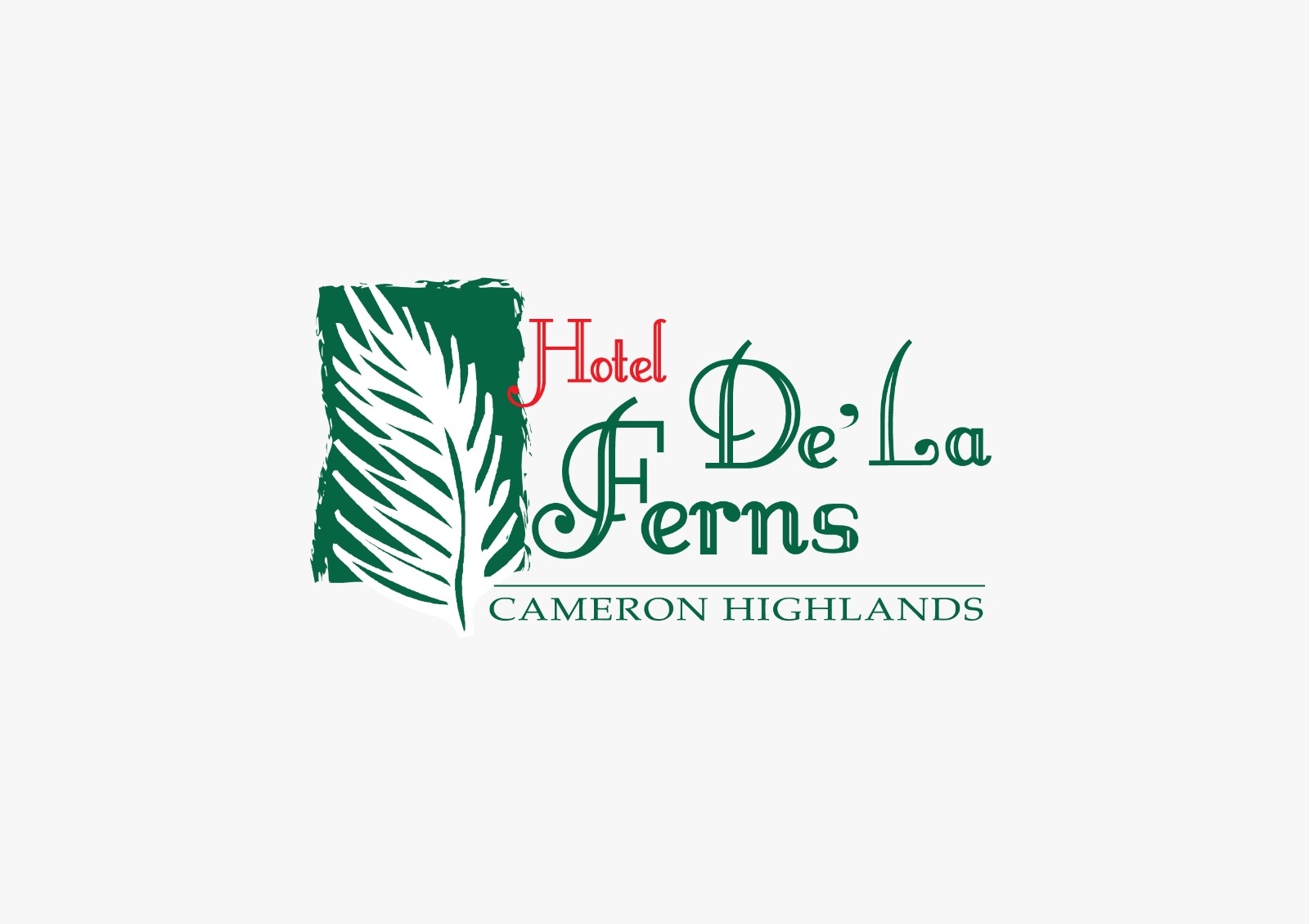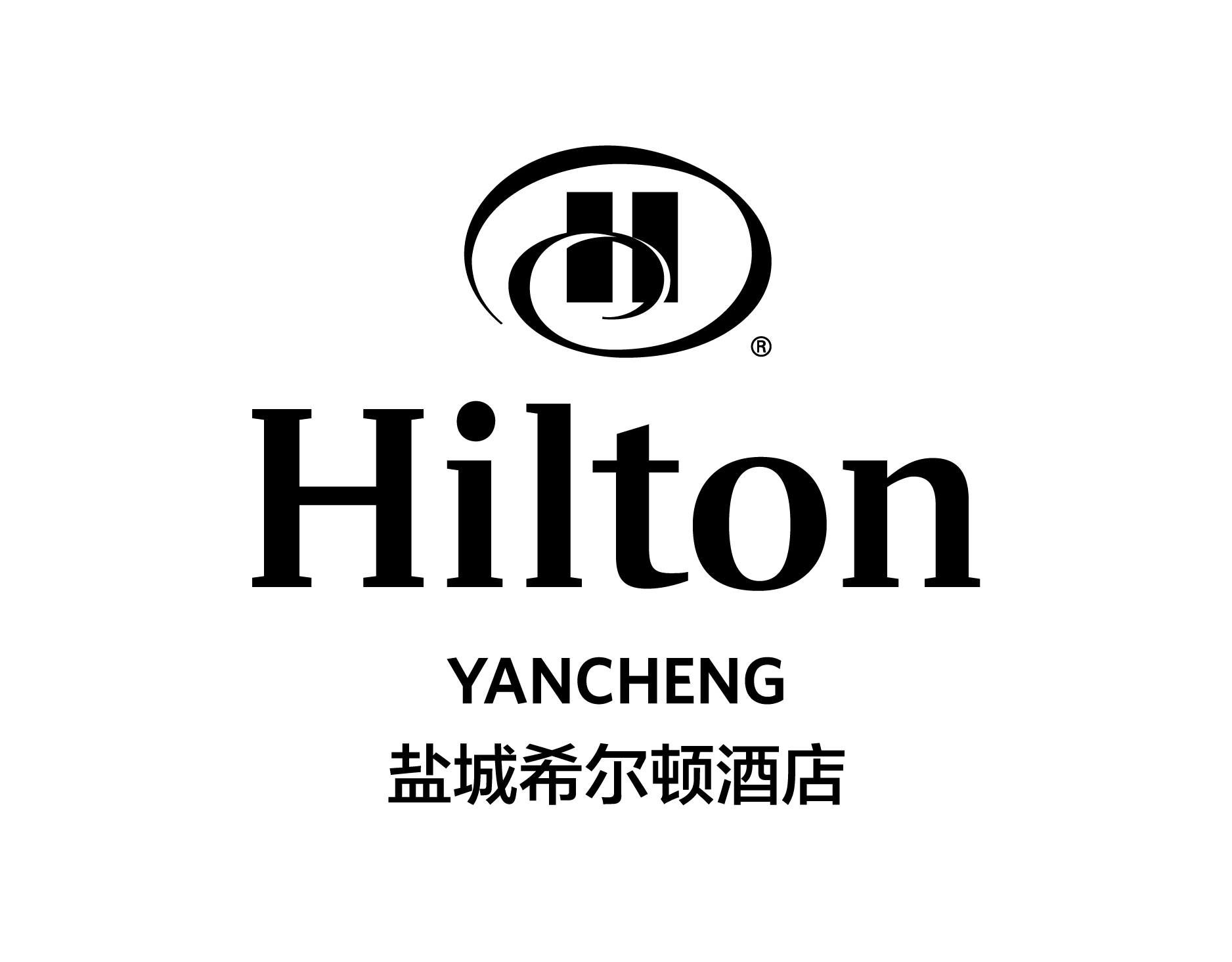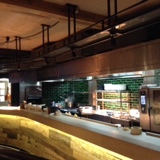Title Page
-
Location
-
Conducted on
-
Personnel
-
Doors entering food preparation areas have kick plates installs
Personal hygiene
-
Is the hair trimmed short or long hair neatly tied back and covered with a head gear?
-
Are the employees using gloves when to prepare food?
-
Does the employees wash hands throughly?
-
Are there no personal belongings stored in preparation area?
-
Is there no any food handler showing any bad habits like sneezing or coughing in food, eating, spitting, chewing in preparation area, wrong tasting habits…?
-
Are the nails trimmed short, clean and nail varnish not used?
-
Are the employees to have clean clothing?
-
Are food contact surfaces sanitized prior to use and in between tasks?
-
Are there no staff wearing jewellery or watch in food preparation area?
-
Is any food contact surface pitted, chipped or rusty?
-
Is the final rinse temperature of dish/pot wash machine above 80oC?Is the wash temperature above 65oC?
-
Are the all control records about grooming up to date?
-
Is the probe thermometer available, in good order?
Food storage
-
Are the shelvings clean, free of mould & rust and in good order?
-
All food is stored in such a way that it is protected from the risk of contamination
-
All food appropriately covered
-
All foods labeled correctly
-
Are all food clearly dated and consistent with the product with expired date, manufacturing or receiving date?
-
All cold stored at 5oC or below and evidenced by supporting records
-
All freezers at -18oC or below (hard &a solid) and evidenced by supporting records
-
Raw/cooked foods and RTE food are adequately separated
-
Stock rotation of food in place
-
Refrigerated food has not exceeded its "SECONDARY SHELF LIFE"
-
Food storage temperature are recorded twice daily
-
All food storage containers in good condition and of food grade
-
Chemical storage is separated from food storage
-
Food is stored >15 cm from the floor in appropriate shelving
-
Lighting is adequately protected
-
Expired foods are discarded
Thawing and preparation
-
Thawing record maintained
-
Thawing foods are separated from RTE foods
-
Thawing foods should be labeled with date
-
Color coded preparation boards and designated utensils being used
-
Designated food storages containers according to food product
-
Disposal gloves are worn while handling/preparing all RTE foods
-
Areas of preparation of raw and high risk foods are adequately separated from areas for preparations of RTE food
Cook, Cool, Reheat
-
Left-over procedure demonstrated
-
Food reheated to a minimum internal temperature of >74oC for >2 min
-
Reheating of foods are restricted to products which were freshly cooked or held hot continuously at 63oC and/or below 5oC
-
Reheating of foods temperature records with corrective action noted
-
Reheating of food procedure noted
-
Cooling of food temperature record corrective action noted
-
Cooling of food temperature record noted
-
Food is cooled from 60oC to 21oC, within 2 hours and within a further four hours from 21oC to 5oC
-
Hamburger policy practiced
-
Cooking of food temperature records corrective action noted
-
A core temperature minimum of 60oC is achieved for all high risk foods -
-
Cooking of food temperature records noted
Hot and cold display
-
Food display temperature records noted
-
Hot food displayed at above 63oC
-
Cold foods displayed at below 5oC
-
Food on display is effectively supervised so that any food contaminated by a customer may be removed
-
Display food temperature monitored after 2 hours if holding at greater than 60oC
-
Food displayed are disposed of following service if not consumed and held in the TDZ for >2 hours
-
Separated serving utensils for each food
-
Appropriate food signage/labeling for each food
-
Displayed foods should be replaced and replenished













